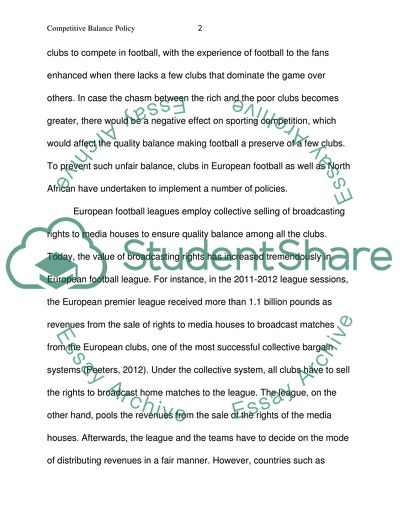Cite this document
(“Competitive Balance Policy Essay Example | Topics and Well Written Essays - 1500 words”, n.d.)
Competitive Balance Policy Essay Example | Topics and Well Written Essays - 1500 words. Retrieved from https://studentshare.org/finance-accounting/1632038-competitive-balance-policy
Competitive Balance Policy Essay Example | Topics and Well Written Essays - 1500 words. Retrieved from https://studentshare.org/finance-accounting/1632038-competitive-balance-policy
(Competitive Balance Policy Essay Example | Topics and Well Written Essays - 1500 Words)
Competitive Balance Policy Essay Example | Topics and Well Written Essays - 1500 Words. https://studentshare.org/finance-accounting/1632038-competitive-balance-policy.
Competitive Balance Policy Essay Example | Topics and Well Written Essays - 1500 Words. https://studentshare.org/finance-accounting/1632038-competitive-balance-policy.
“Competitive Balance Policy Essay Example | Topics and Well Written Essays - 1500 Words”, n.d. https://studentshare.org/finance-accounting/1632038-competitive-balance-policy.


